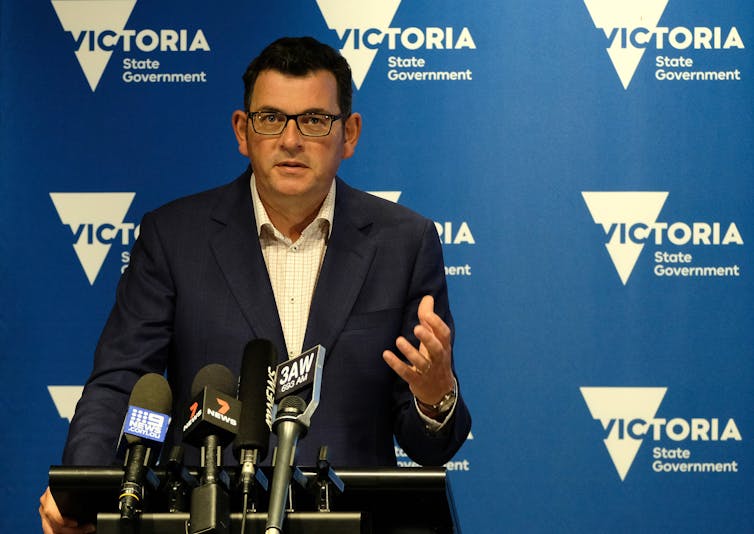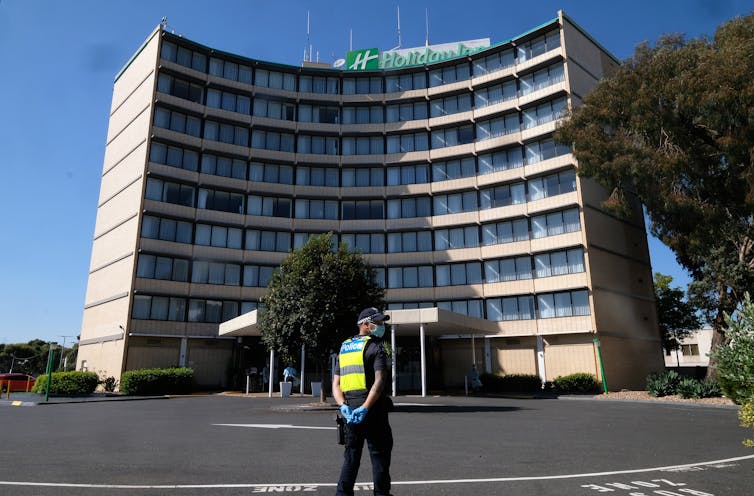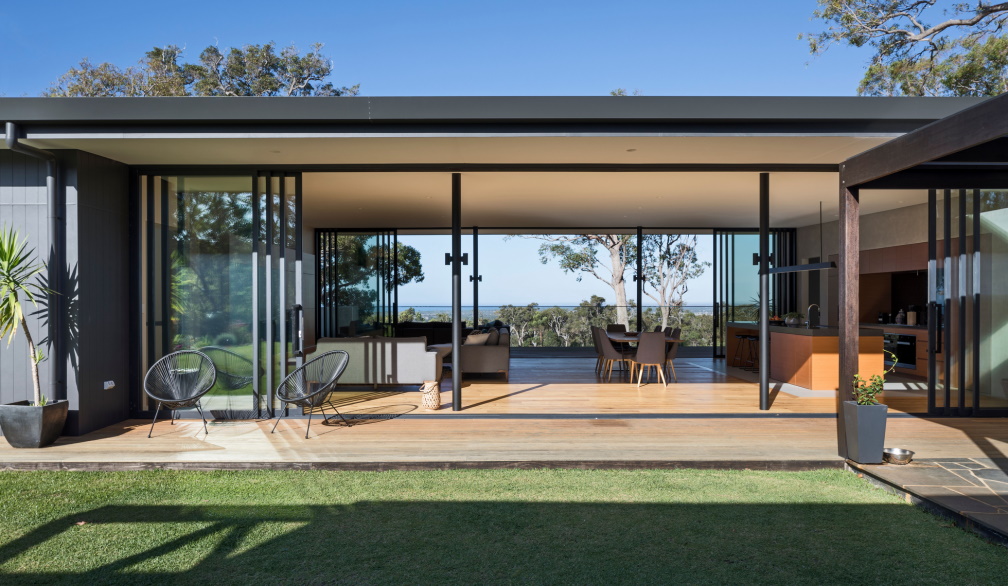Yes, another lockdown in Victoria hurts. But it might be our only way to avert a third wave
- Written by Hassan Vally
- Published in Property News
- Hits: 1628
- Print ,

Victoria will go into stage 4 lockdown from 11.59pm tonight, as the cluster from the Holiday Inn quarantine hotel continues to grow.
Premier Daniel Andrews announced the circuit-breaker lockdown this afternoon, citing the threat posed by the “hyper-infectious” UK strain.
Victorians will again only be allowed to leave their homes for four reasons: to shop for necessary goods, to provide care, for essential work or permitted education, or for exercise. The controversial five-kilometre radius is also back in place, while masks will be compulsory everywhere outside the home.
This lockdown understandably comes as a significant blow to Victorians (myself included), after having endured a three-month lockdown during the second wave of COVID infections last year. However, it’s important to understand that the situation we’re in right now is quite different to the one we faced in 2020.
Get your news from people who know what they’re talking about.
Read more: Another hotel worker tests positive in Melbourne. It's time to move hotel quarantine out of cities
Is this lockdown justified?
I think it’s pretty hard to fault the rationale for this lockdown: the public health response has not been able to get ahead of transmission, and therefore the state government has assessed there’s a risk this outbreak will get away from them.
There are now at least 13 cases linked to the Holiday Inn. But the crucial point is that the close and casual contacts number in the hundreds.
As Victoria’s chief health officer Brett Sutton explained, the public health team has found that by the time they identify cases in this new cluster, those people have already become infectious and have had an opportunity to spread the virus. As a result, authorities don’t feel they are currently across all of the chains of transmission.

A circuit-breaker lockdown aims to crush transmission before it gains a foothold. The goal is to limit the contact people have with each other, to buy time for the public health team to do its work.
Some people may be asking whether a lockdown is necessary, or whether the Victorian government has already waited too long, given Queensland and Western Australia implemented circuit-breaker lockdowns in Brisbane and Perth after only a single case got out of hotel quarantine.
We may have a better sense of the appropriateness of this lockdown in a few days’ time — as we see how many more cases pop up — but it’s very difficult to answer this question right now.
I don’t think cases escaping from hotel quarantine necessarily requires a lockdown. This event, however, appears to have some unique characteristics.
Read more: What are nebulisers? And how could they help spread COVID-19?
The UK strain
In explaining the need for this lockdown, Andrews took pains to stress the fact we’re dealing with the UK strain of the coronavirus.
According to a statement on the Premier’s website:
Right now, we are reaching close contacts well within the 48-hour benchmark. But the time between exposure, incubation, symptoms and testing positive is rapidly shortening. So much so, that even secondary close contacts are potentially infectious within that 48-hour window.
In short: this hyper-infectious variant is moving at hyper-speed.
Although evidence indicates the UK strain is more infectious, it has not generally been reported that the incubation period is any different. So while this is biologically plausible, I think we need to be cautious about accepting it as fact.

A balancing act
It’s clear authorities are caught between a rock and a hard place in making these calls. There will always be those who are critical when a lockdown is called, and those who are critical when they feel unnecessary risks are taken. Making these decisions and factoring in costs and benefits is a delicate balancing act.
One can appreciate it was in the best interests of all Victorians to make every attempt to bring transmission under control without resorting to a lockdown. But once the assessment was made that there was the risk of transmission getting out of control, the government clearly felt it had to make this tough decision to stave off the possibility of a third wave in Victoria.
It’s important to draw a distinction between this short, sharp lockdown, which is hopefully just a precautionary measure, and the extended lockdown we were forced into when transmission got away from us during the second wave.
If you are going to use a lockdown, this is how they should be used, according to the World Health Organisation. They’re not designed to drag on for months — and this new lockdown should allow us to avert a scenario where that’s necessary.
The weight of this decision on Andrews and the rest of the team today was clear. Andrews was measured, sombre, even apologetic. It was obvious how hard a decision it was to make.
While another lockdown might be difficult to stomach, it will buy us some time, give the public health response a chance to get ahead of the latest cluster, and hopefully achieve its objective of averting the need for a longer lockdown later.
The philosophy is that it’s better to be safe than sorry, and no one can blame the authorities for this approach.
This article first appeared in The Conversation and is republished with permission.

















